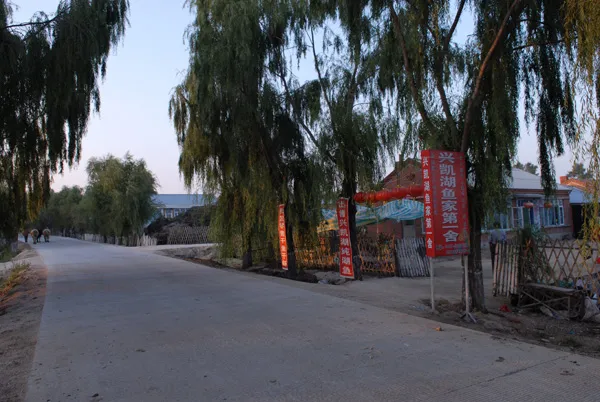Funding and assistance from Australia, South Korea and the Asian Development Bank (ADB) will help finance key road and bridge projects in Vietnam.
February 14, 2012
Read time: 2 mins
Funding and assistance from Australia, South Korea and the 943 Asian Development Bank (ADB) will help finance key road and bridge projects in Vietnam. A technical assistance grant worth US$26 million that is approved by the ADB and financed by the Australian Government will help with the Vietnam's Central Cuu Long (Mekong) Delta Region Connectivity Project. The project features the design and construction of two 2km large cable-stayed bridges that will span the Mekong River. A 25km six-lane road is also planned to connect both bridges, which will link the Mekong Delta's southwestern region to Ho Chi Minh City and are expected to carry some 170,000 people movements/day. In all the Australian Government will provide $170 million (A$160 million) in grant form for the project. The grant will also help fund the Cao Lanh Bridge project which will be built across Mekong River in Dong Thap Province. The bidding and designing phase of the project is expected to end in 2012 with construction due to start in 2013 and completion due in 2017. In addition the South Korean Government is providing a loan worth $200 million to the Vietnamese Government, which will be used to build the Van Cong Bridge. In all, the Van Cong Bridge will cost $750 million to build and other funding sources for the project have yet to be revealed. Meanwhile Hanoi's Department plans to upgrade and construct 35 bridges in the city. This will improve traffic flow, capacity and safety. The department also aims to build new bridges spanning the Red River, part of the 2011-2015 draft plan on transport infrastructure development in the city. The bridges include the second stage of the Vinh Tuy bridge, Vinh Thinh bridge, Phu Dong Bridge No 2, Nhat Tan bridge, and Dong Tru bridge.






